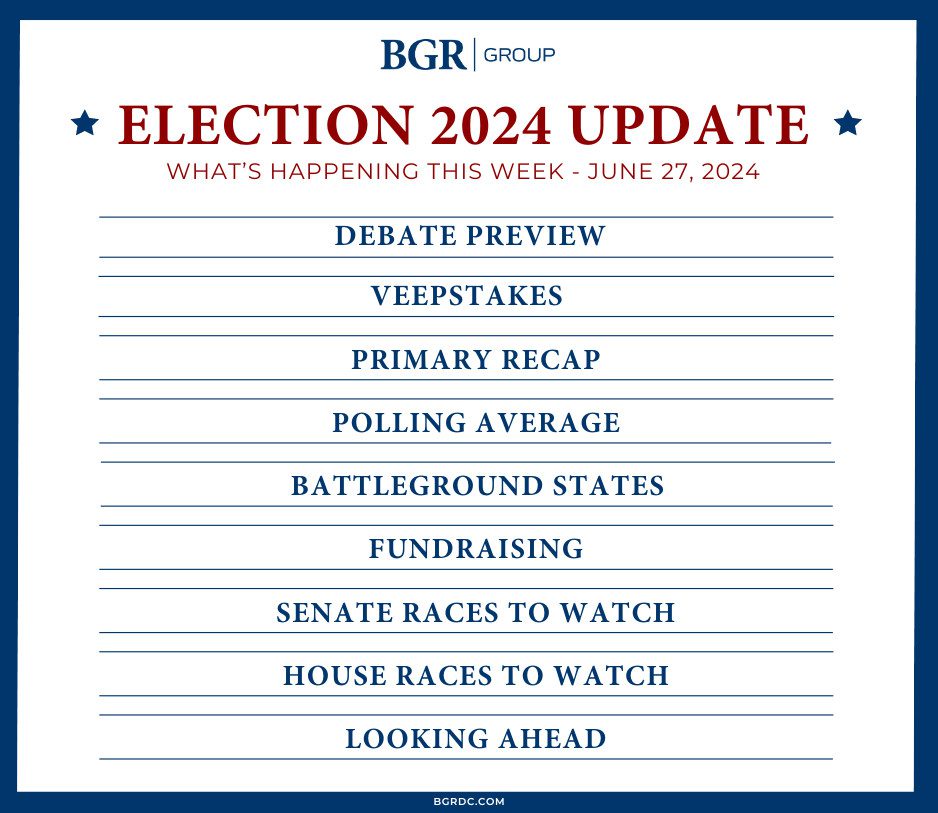By Keaghan Ames, BGR Vice President, Financial Services Practice
Late last week, the banking regulators (Federal Reserve, FDIC, and OCC) issued the long-anticipated proposal that aims to implement changes from 2017 to international capital standards (the “Endgame Standard”) adopted by the Basel Committee on Banking Supervision (“Basel Committee”). However, the beltway is abuzz over the fact that the proposal goes far beyond the proposed changes from the Basel Committee and instead aims at fundamentally increasing the amount of capital large ($250 billion +) and medium-sized ($100-250 billion) banks are required to carry.
The most noticeable deviation from the proposed international Basel III changes entails the rollback of legislative and regulatory tailoring reform resulting from Congressional adoption of S.2155. By way of background, only six years ago Congress passed, with bipartisan support, S.2155, a law that would tailor banking regulation for firms based on various risk factors, not size alone. Last week’s proposal deviates from the resulting tiered framework using the recent bank failures of SVB and Signature, which were considered risk management and supervisory failures, as a justification for the regulators to treat any bank with over $100 billion in assets the same as the largest U.S. bank.
Many banks are individually assessing how the thousand plus page proposal will impact their operations. At a high level, the proposal will fundamentally modify the current capital regime by increasing the amount of capital all banks over $100 billion in assets must carry. The regulations are expected to increase common equity tier 1 (CET1), which is primarily common stock of banks, by 16%. To say this will be onerous for the top 40+ impacted banks would be an understatement. It also changes how affected bank holding companies will have to calculate their capital requirements, adding a new expanded risk-based calculation in addition to the existing standardized approach. Under this dual-stack requirement, banks will be required to hold the higher of the two-risk weighted asset amounts to satisfy their capital requirements. The proposal also adds a number of other significant regulatory burdens and changes including eliminating the use of internal models to assess credit and operational risks, requiring medium-sized banks to unnecessarily switch their calculation of counterparty risk of derivatives exposure, including derivatives when calculating the cross-jurisdictional activity risk factor, adding counter-cyclical capital buffers for banks that pose little macro-economic threats (e.g., not too-big-to-fail), and requiring all banking organizations with more than $100 billion in assets to reflect unrealized gains and losses on available-for-sale securities in regulatory capital.
The expansion of the capital proposal is not entirely unexpected, but is still unfortunate as it will ultimately increases costs for the American public and retail and commercial borrowers. Whenever banks are required to hold more capital, it affects their ability to lend that capital back out to small businesses and the investing public. As it is, the credit markets are already in a slightly tumultuous time given the commercial real estate challenges and high mortgage interest rates.
Given the bleak picture painted by the proposal, the industry needs to vigorously advocate for changes to the final rule. There are both regulatory and congressional advocacy paths available to deal with the proposal. On the regulatory front, there were significant dissenters in the Fed and the FDIC who highlighted some procedural and substantive concerns with the proposal including the overly broad scope. Fed Chairman Powell said in his statement on the proposal, “While there could be benefits of still higher capital, as always we must also consider the potential costs.” Suffice it to say the costs of the proposal are significant and banks would be wise to highlight these substantive issues and the absence of a cost-benefit analysis in the proposal with the regulators over the 120-day comment period.
On the Hill, there are members on both sides of the aisle who fought and voted for S.2155. These members will be motivated to protect established law over the proposed regulation. With election season just around the corner, the economy is sure to be a dominant political topic. The potential for an unnecessary squeeze on credit lending will be an important discussion in the months ahead.




